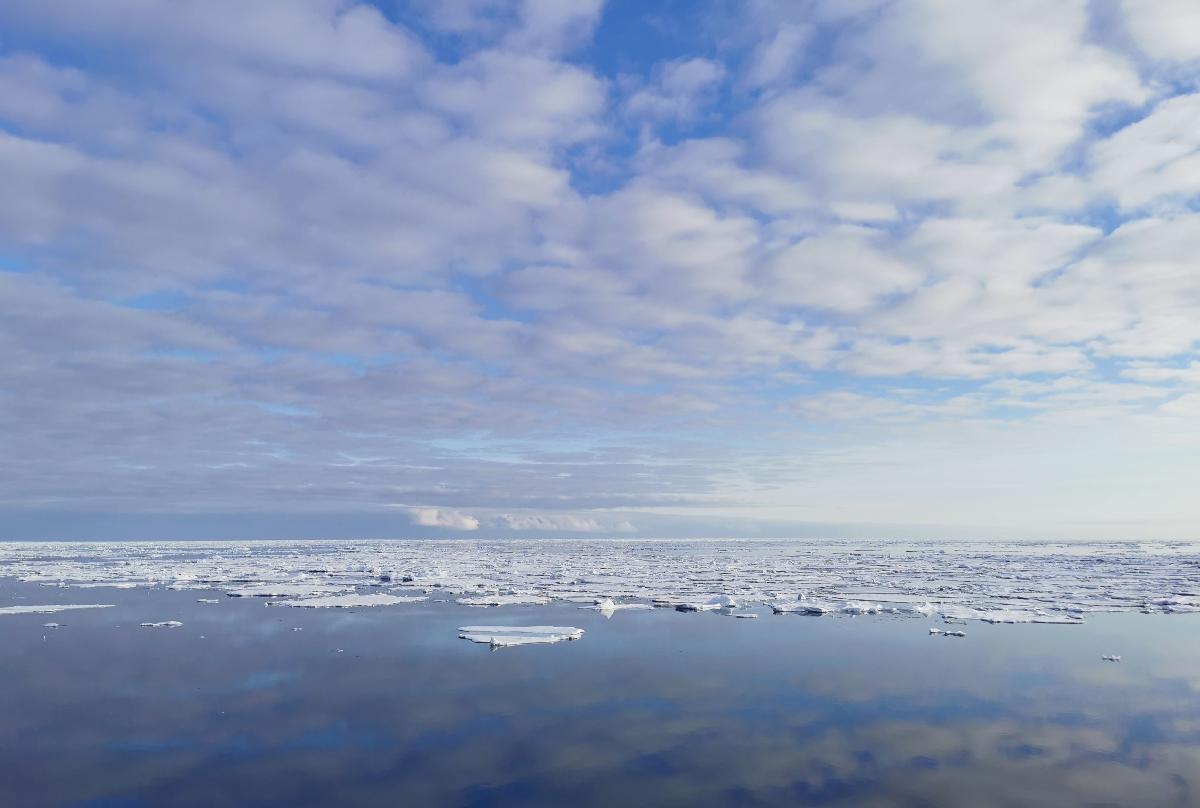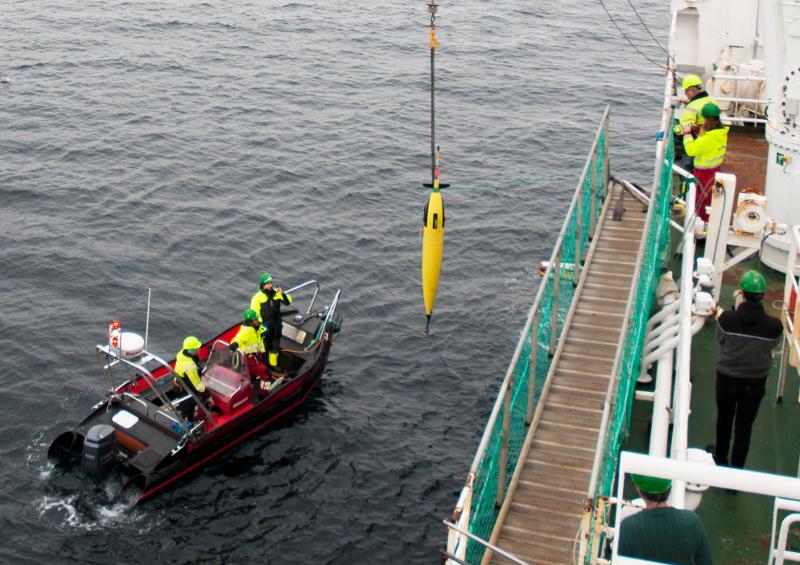The Polar Front Project

The Barents Sea Polar Front, which often matches the southern extent of the seasonal ice zone, is characterized by the encounter of colder, less salty and less nutritious polar water with warmer and saltier water masses from the Atlantic and is known to be of particular importance for primary production, spawning, and feeding by various components of the pelagic ecosystem.
The Polar Front Project, which has been funded by the Research Council of Norway with contributions from two petroleum companies, and logistical support from UiT The Arctic University of Norway and BioGlider, investigates this ecosystem that is still, to this day under-sampled and misunderstood. The project period is November 2021 – December 2024.
For this project, scientists left Tromso on the research vessel Helmer Hanssen on May 18th to study the Polar Front spring dynamics, acquiring data on the phytoplankton bloom in this area.
The data requirements
Such missions require an important diversity of measure, from physical data (salinity and temperature) to biological data (fluorometer, chlorophyl-a, acoustics). Physical data helps track the Front, as it is the passing between cold and less salty to warmer and saltier waters. Then, all the biological data helps investigate the ecosystem.
The acknowledged best way to observe is to use a multi-platform approach, combining ship based measurements with autonomous platforms and satellite observations. During this cruise, to complement the traditional shipboard sampling on the Helmer Hanssen research vessel, two sailbuoys and two seagliders where launched at sea, one of which was the Bioglider platform. All these on-site data will be completed by satellite data.
The Bioglider at sea
The Bioglider Seaglider, equipped with a UVP6 (underwater vision profiler) and an EK80 echosounder as well as more standard sensors (CTD), successfully performed 86 dives, which provided great insights on the whole water column. He was accompanied by a second Seaglider carrying complementary payloads. The BioGlider spent one week at sea and was successfully recovered. He will now be shipped back to CSCS to prepare it for next missions, while the data will be recovered and analyzed.

It is a great milestone for the project as the Bioglider is now a reality, but there is still a long way to go. Now that the cruise ended, partners of the project have to control the data quality to assess the proper functioning of the Bioglider, and then, with the help of other scientists, analyse the data to scientist to understand better the ecosystems in the Polar Front.
Then, the Bioglider will go on other cruises and the solution (UVP6 + EK80) will be developed on other platforms, as integration on Slocum glider is underway.